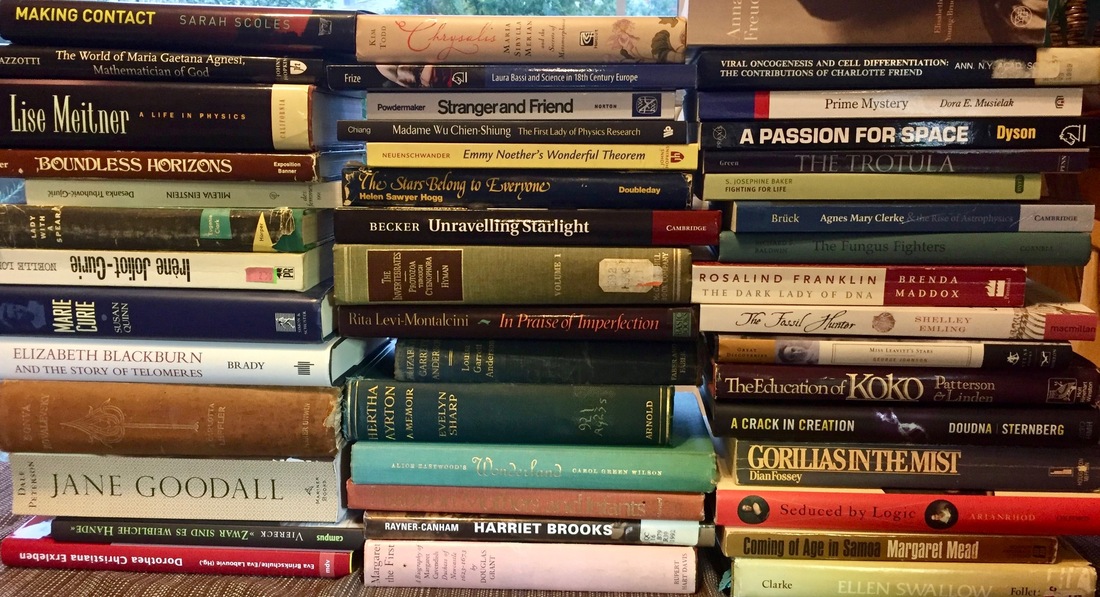
How to pick a book title that sells
Do you have a book idea that's stuck in your head? Do you know what the story is about but can't think of a title or cover design? Not sure if it will sell to readers? This blog post has some tips and tricks on how to pick an eye-catching book title. There are a few critical questions you need to ask yourself and actions you should take.
1. What is your book about
If you're a fiction writer, you know the world you're building better than anyone else. It can be a great idea to present your book with an intriguing title that not only is brandable and unique but gives a slight hint about what type of world this is. For example, Harry Potter and the Philosopher's Stone sets the tone that it follows a specific character and is about a mythical object.
2. Who will be reading your book
Books meant for teenagers should be more concise in titles than older audiences, which tend to appreciate more mysterious titles for your series and book. Take, for example, The Twilight Saga versus A Song of Ice and Fire. The first says something to the effect that the series is about a more or less magical time, whereas the second makes you wonder what that song is since it most likely isn't literally a song.
3. Why should people read it
If you're a non-fiction author, consider a subtitle that explains why readers should choose your book. If you're writing a self-help book about making a lot of money, Robert Kiyosaki's subtitle for Rich Dad Poor Dad is a great hook: "What the Rich Teach Their Kids About Money That the Poor and Middle Class Do Not!"
4. How does the title reflect that information
In the previous example, you know exactly who the target audience is: those who aren't rich who want to learn what rich people do to make money. The title is aimed at more mature adults but almost reads like a Dr. Seuss book. It's a catchy title that is memorable.
5. Brainstorm a list of titles to choose from, and then narrow down the list to three choices
Thinking of many options gives you the ability to figure out what flows the best and mix and match words to convey that feeling you're trying to express. Think of the essential components that make up your story and write them down. Don't start crossing anything out until you've exhausted your options. Then, it's time to pick the best three.
6. Choose one of the three options based on what you think would resonate with readers best
This is probably the most challenging part of the list! You've picked three great titles, and you need to figure out which one will sell the best. I suggest you look to your friends and family and get their feedback! People like polls. If you're on Twitter, ask the #WritingCommunity which one they think is the best with a poll.
Conclusion
The title of your book should be a reflection of the content inside. When you're brainstorming titles, think about what information will resonate with readers and how it will make them feel when they read it. For example, if your book talks about overcoming social anxiety or depression, then "The Social Anxiety Cure" would be an excellent choice for a title because most people are interested in reading that type of material. Once you have narrowed down the list to three options, choose one based on what resonates best with you and go from there!
